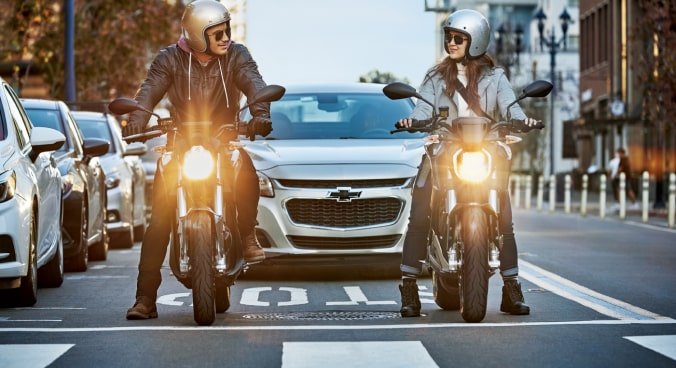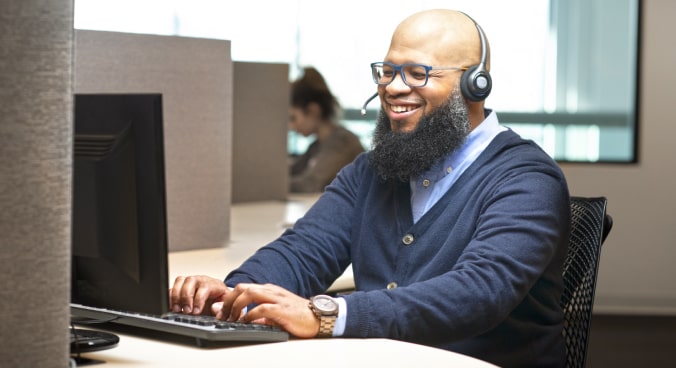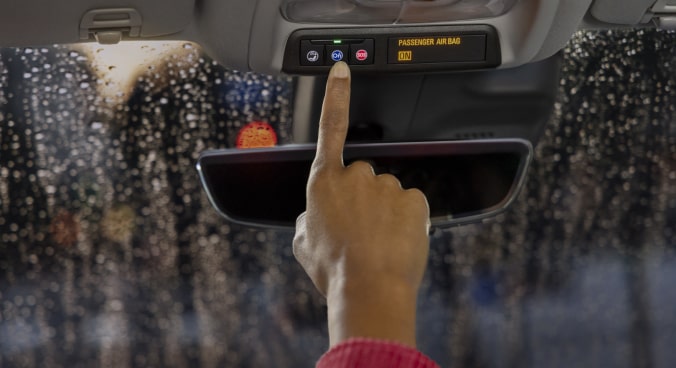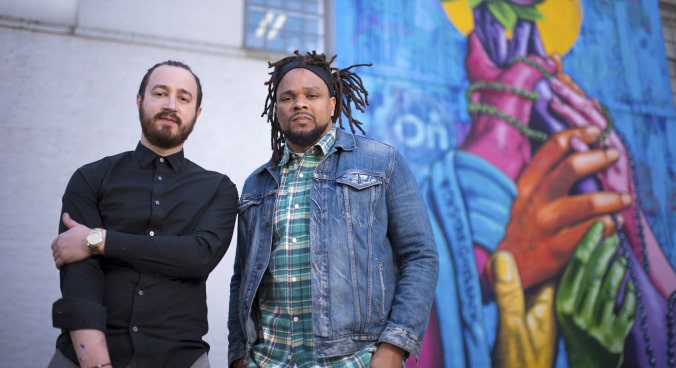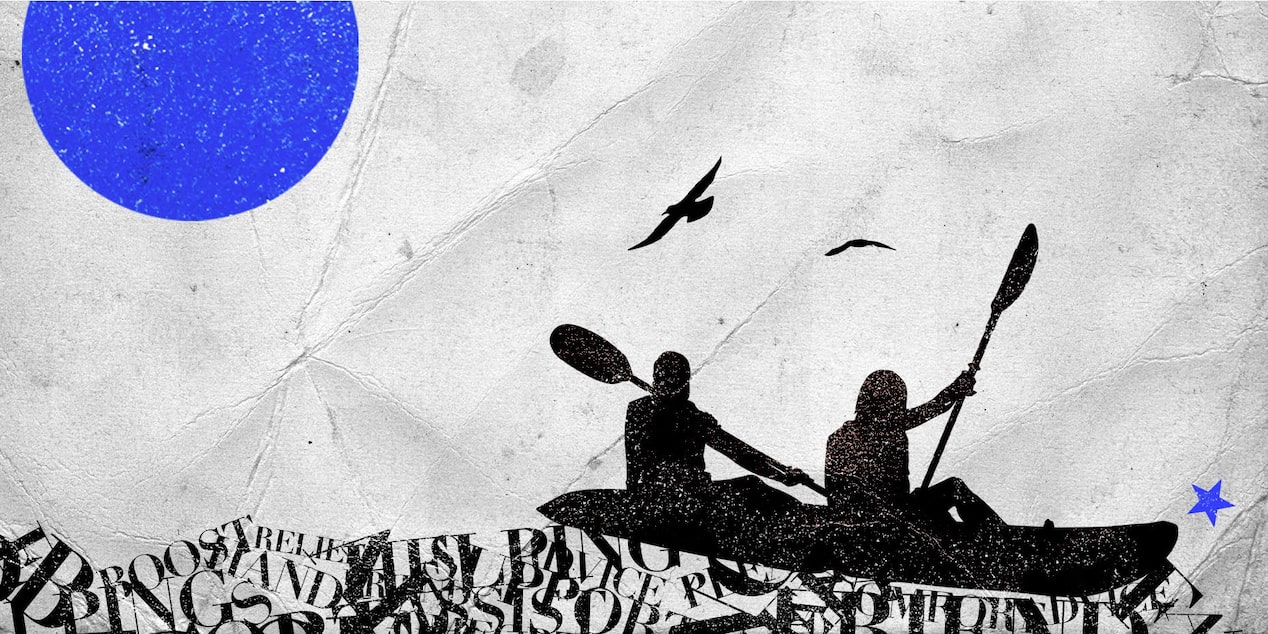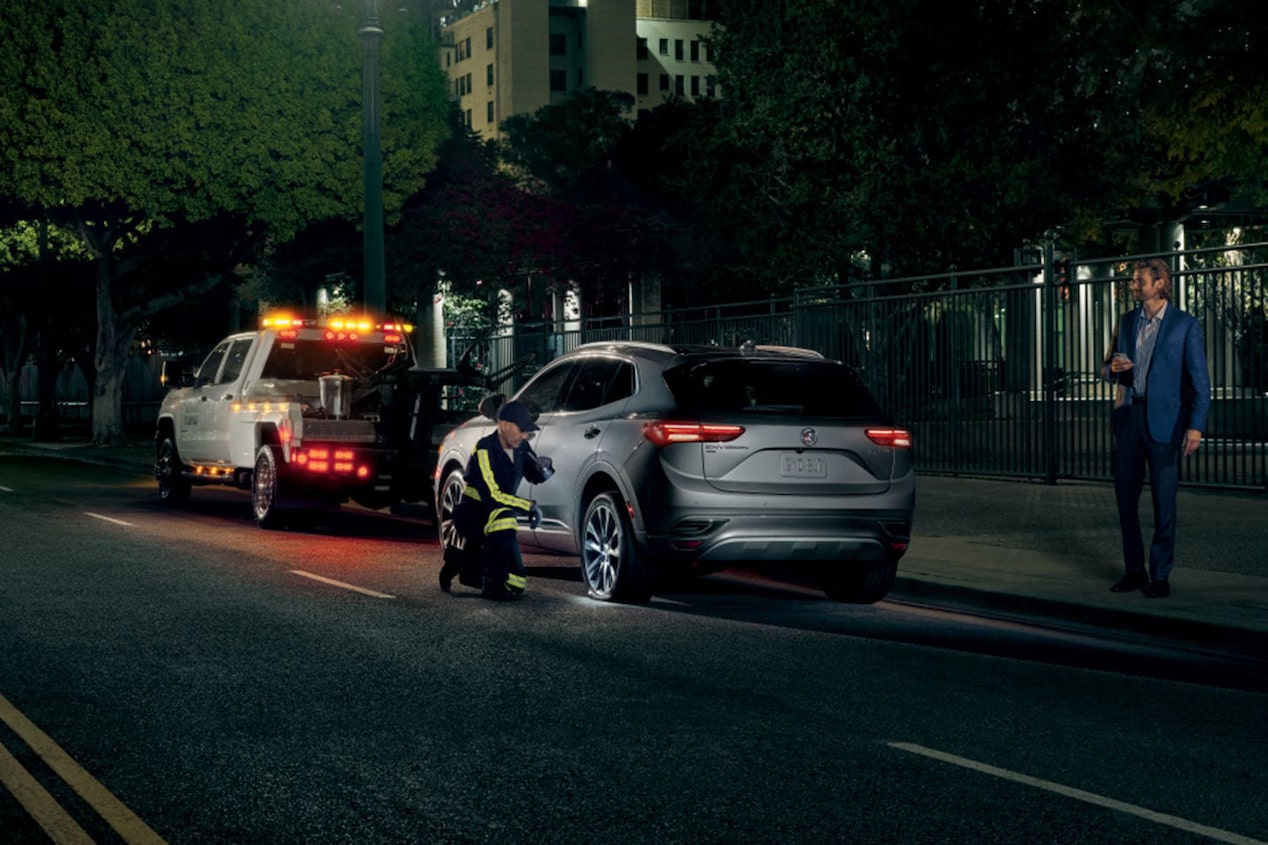With a little preparation, practice and the right supplies, you can start kayaking as a recreational hobby
There’s a well-known saying that “Open water is a highway to adventure, best traveled by canoe or kayak.” It’s true. Kayaking is a low-impact activity, easily picked up by just about anyone, and it can be a fun way to get outdoors and explore local rivers or lakes. And if you’re experienced, it’s your gateway to remote areas you can only get to by paddle.
An Epic River Journey Proves Too Painful
Hear the story of how Jill’s 4,000 mile, 158-day kayaking journey forced her to make the toughest decision of her life.
OnStar
Even if you’re new to the hobby, you can easily find local waterways or parks where you can rent a kayak and be on your way. “If you are just starting out and learning, don’t worry about having the best of the best equipment,” Jill says. “If the kayak floats, the paddle works and your personal flotation device fits, then you can be out on the water.” Here are a few more pointers Jill offers kayakers of all experience and skill levels.
Always wear a personal flotation device (PFD)

“There are many varieties and styles to choose from. A specific cut of PFD for paddling will help with comfort and will help you want to wear it,” Jill says. “Take time trying on a few different ones to find the perfect fit for your body.
“On hot days, where my skin tingles from the heat, I wear an inflatable belt PFD and then have my regular-use PFD under a back deck cord, so it’s easily accessible and removable if an emergency occurs.”
Pack the right essentials
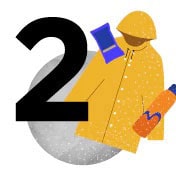
“If I’m paddling a distance more than a couple hours, I pack sunscreen, water, a snack, a rain jacket and a small dry bag with a change of clothes — thermals, socks, a toque hat, even in summertime.
“I also wear paddling shoes while kayaking so I know I have foot protection if I have to stop and walk for safety. This is important if the weather turns, and you have to wait it out or potentially hike out.”
Have fun learning to self-rescue

“On a warm summer day, take your kayak out and deliberately flip it. This is not just fun but also an important skill to have if waves ever kick up or excitement takes hold and your boat unexpectedly capsizes. Don’t stress over learning how to roll your kayak, but being capable of getting yourself back into your boat is incredibly important. This will allow you to feel safer while on the water, but also allow you to save yourself if a dangerous situation were to occur.”
Learn how to read shoreline terrain and weather systems
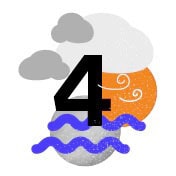
“For any trip, whether it be simply paddling from your cabin to the marsh next door, around an entire lake or on a massive river, know the terrain of the shoreline and learn to read the weather systems in the area.”
Test out kayaks prior to purchasing
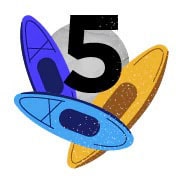
“Most stores will allow you to take a test paddle. This is important as you want to be able to find something suited to your body type so you can be comfortable — not have your legs and feet fall asleep, not have any pinched nerves — and for overall ease upon an adventure.”
Be prepared for the unexpected

The easy-to-use services from OnStar can enrich your outdoor exploration. Forgot to get directions in advance? Push the blue OnStar button inside your vehicle, and an Advisor can help you find your way to a specific address or one of more than 14 million points of interest thanks to Turn-by-Turn Navigation.
Multi-day kayaking trips
If you’re interested in taking a longer kayaking expedition, the amount of preparation and number of items you’ll need to pack increases greatly. “I started out doing expeditions with a cheap tent, a yoga mat to sleep on, the paddle and kayak I was gifted when I was only 15 years old, and a rain jacket I got from a thrift store,” Jill says. “I invested my money in making the trip happen and in purchasing a good sleeping bag, so if the rain jacket leaked, I would be able to get warm later.”
The Guardian app can also be a great tool to share your location
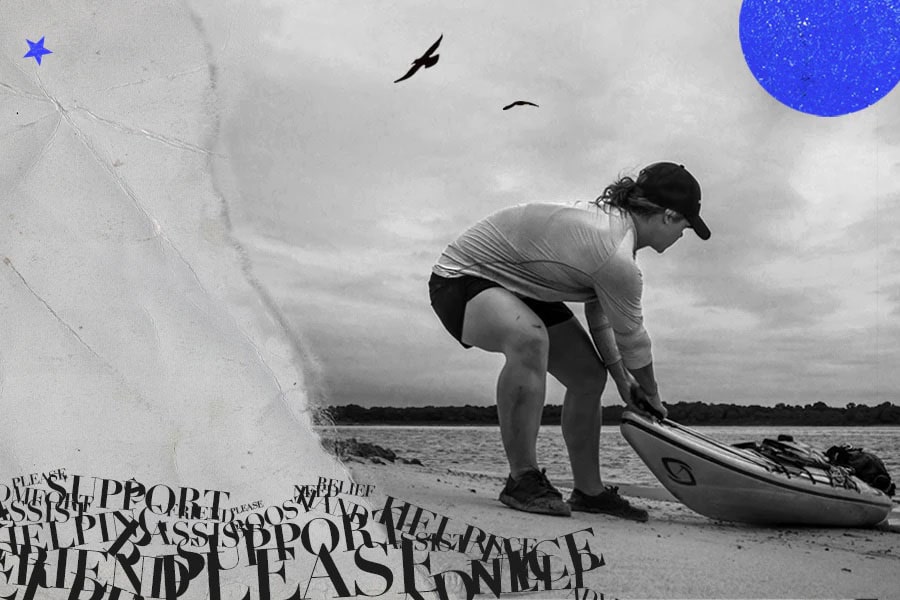
What Jill is up to now
Since the paddling trip across America featured in Tell Me What Happened, Jill has taken many other adventures. Her next stint starts this spring, where she’ll be working at Race Rocks Ecological Reserve for two months. And next year, she will be paddling a river in Ohio with two other conservation videographers to document water quality, ecosystems and the impact of pollution, all with the goal to share knowledge around the destructive algae blooms of Lake Erie.
Additional resources
The National Park Service offers a slew of water vessel safety tips and resources to find local parks where you can go kayaking.



